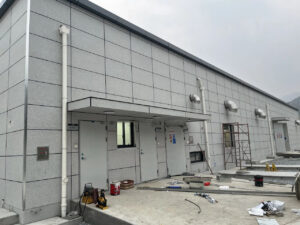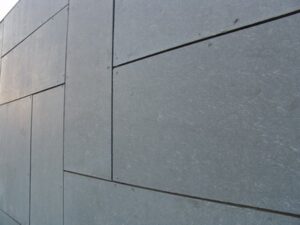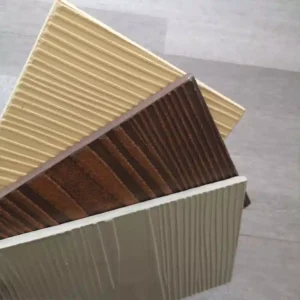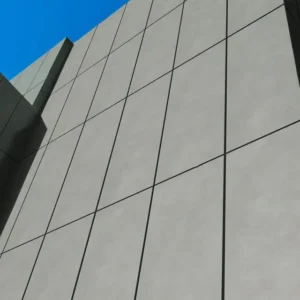Fiber cement plank siding is a high-performance construction material made primarily from fiber and cement. Installed using an overlapping method, it is widely used in exterior and interior wall cladding, partitions, ceilings, and other architectural applications. Below, we explore its material properties, applications, installation methods, and key benefits.

1. Material Properties
High Strength & Durability
Fiber cement plank siding is reinforced with fibers, providing excellent flexural and compressive strength. It can withstand heavy loads, making it ideal for structural walls and flooring.
Fireproof & Waterproof
As a non-combustible material, it achieves a Class A fire rating and does not emit toxic fumes when exposed to flames. Its superior waterproofing makes it suitable for humid environments like bathrooms and kitchens.
Thermal & Acoustic Insulation
The board offers strong thermal and sound insulation, reducing heat transfer and noise pollution for improved indoor comfort.
Weather & Corrosion Resistance
Resistant to UV rays, chemicals, and harsh weather conditions, fiber cement plank siding ensures long-term durability with minimal maintenance.
Eco-Friendly & Non-Toxic
Free from asbestos and other harmful substances, it meets green building standards and is safe for residential and commercial use.

2. Applications
- Exterior & Interior Wall Cladding – Can be painted, textured, or engraved for modern or natural aesthetics.
- Partitions & Ceilings – Lightweight yet strong, providing fire resistance and soundproofing.
- Curtain Wall Systems – Used in facade designs for insulation and visual appeal.
- Harsh Environments – Ideal for high-moisture, high-temperature, or corrosive settings like factories, labs, and food processing plants.
3. Installation Process
Surface Preparation
Ensure the base is clean, dry, and level before installation.
Cutting & Grooving
Cut the fiber cement planks to size, pre-cut grooves for overlapping, and make openings for utilities.
Installation Methods
- Dry Installation – Secured to studs or framing using battens, with overlapping joints sealed for weather resistance.
- Wet Installation – Directly adhered to substrates using adhesive for lightweight walls.
Joint Treatment
Use specialized sealants or caulking to fill gaps and prevent moisture penetration.
Finishing
Apply paint, veneers, or textures to enhance durability and aesthetics.






Reviews
There are no reviews yet.